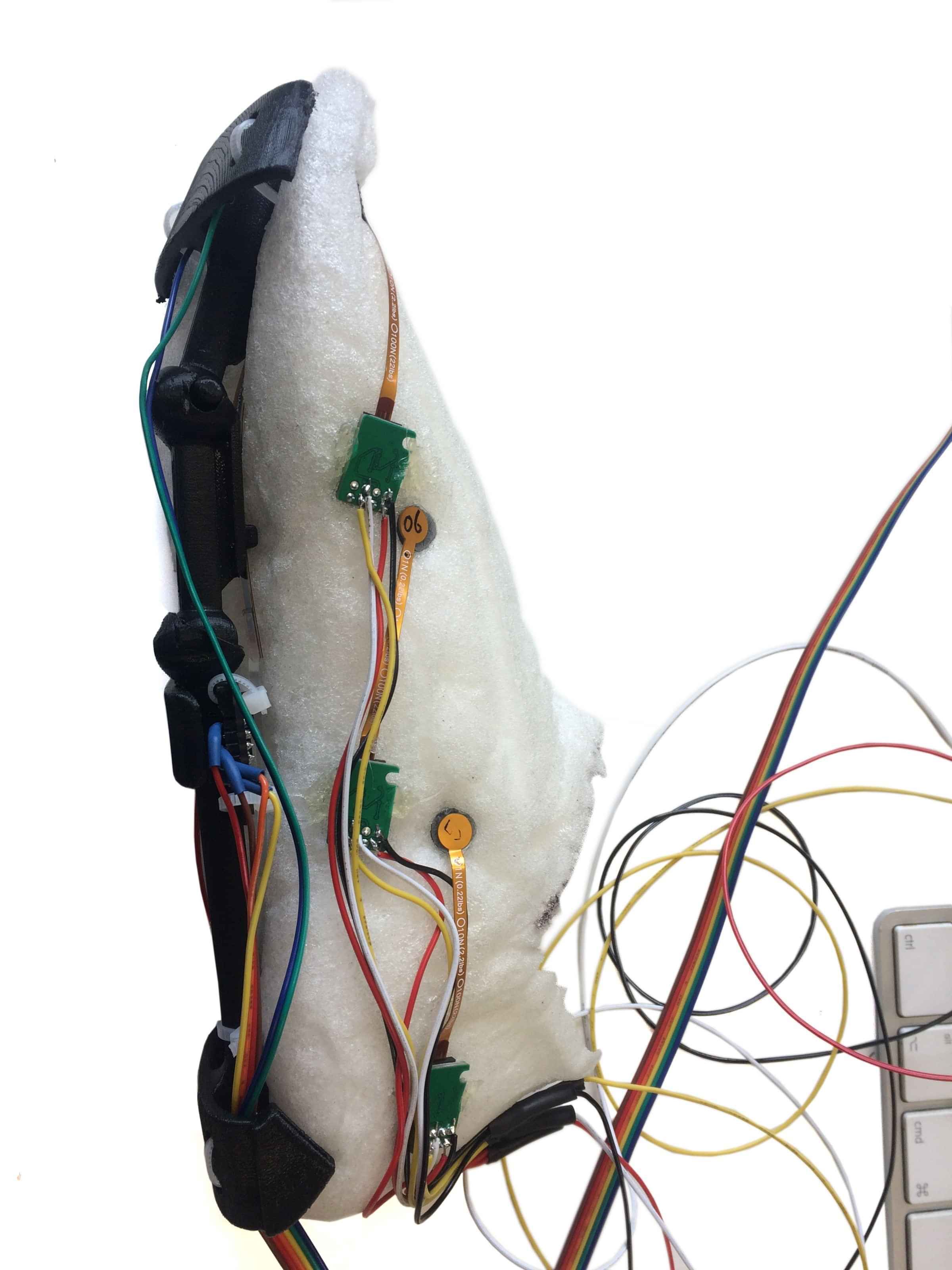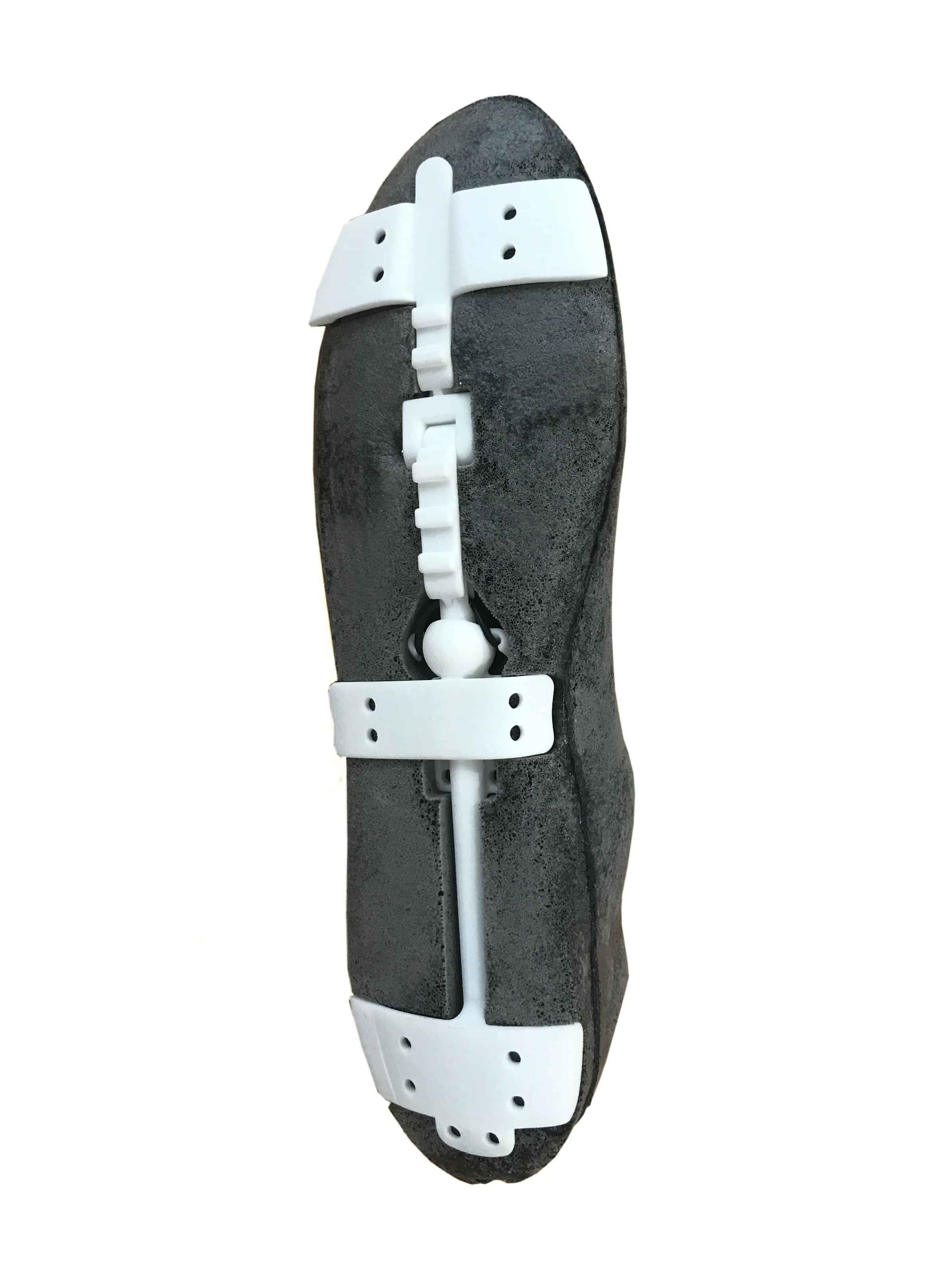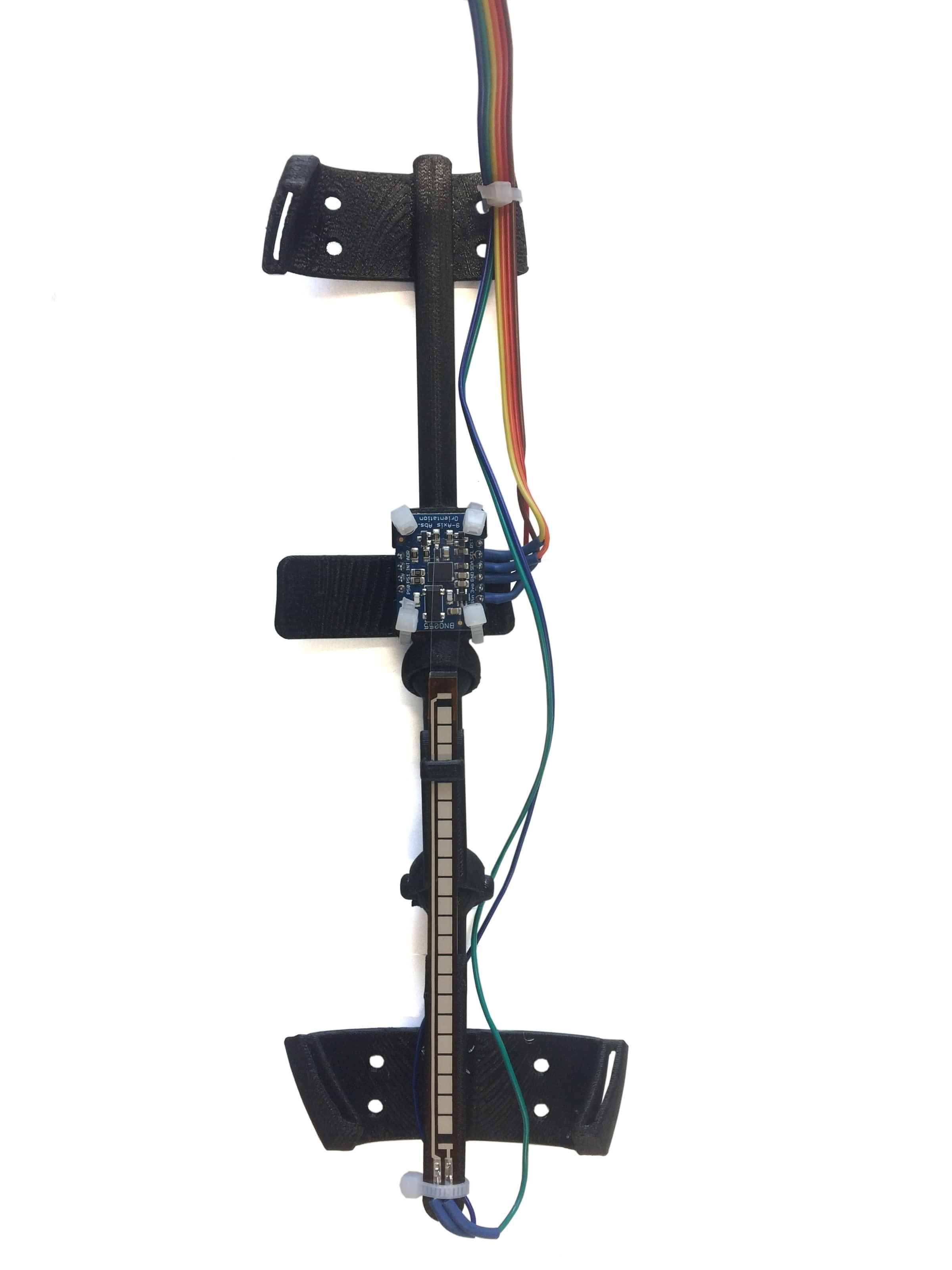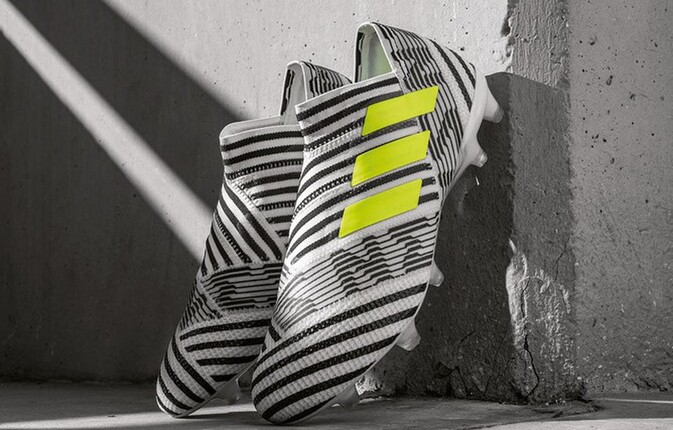Adidas’ Nemiziz - next generation of sensors
Considered by some as one of the biggest innovations of 2017, the new adidas Nemeziz boot is a superb piece of technology, with so many new and unseen ways of constructing a football boot.
So what have they done that’s so different? Adidas has tapped into a common practice in other physical sports and arts, which involves wrapping feet or hands in elastic tape. Boxers do it to stay strong and nimble, ballerinas do it for stability and to feel light-footed and martial artists do it to enhance their reflexes. All of these elements play a very big part in football and that is exactly what adidas has looked to unlock, with their new Nemeziz design, featuring the 360 Agility bandage.
So where does the Imagination Factory come in?
We were asked to come up with a way to position a whole bunch of sensors inside the new boot, Nemeziz, so that when people handled the boot at the launch event or in-store, its movement could be tracked and they could experience visually on a huge screen how the boot would respond to movement.
We needed to sense position, bending, twisting and stroking.



Rebuilding the boot
It's not hard to find these sensors nowadays but we had to come up with a way to support them inside the boot without restricting the boots ability to bend and twist. We also didn't want to add too much weight because that would have made the boot feel unrealistic.
The solution was to design a lightweight but strong chassis that would follow the contours of the insole in combination with a foam inner, that fills the boot cavity without restricting movement.
This chassis enabled us to attach the accelerometer and bend sensor; the foam inner provided a way for us to sandwich the pressure and stroke sensors against the inner lining of the boot.
We experimented with a few different ways to detect a twist of the boot, including pressure sensors and stretch sensors, originally designed for wearable heart rate monitors.
In the end we found that a highly sensitive touch sensor was best and by positioning six of them around the foam inner, a profile could be created for different manipulations of the boot.
3D printing
The chassis was easy to make using 3D printing and a tough nylon material. The foam inner was a bit more tricky as it required a bespoke mould into which an expanding foam was cast. This foam can vary in density depending on how you cast it so we had to come up with a way to control the process even though it was done by hand and prone to variability.
It was a great project for us to work on, giving us the opportunity to experiment with a range of sensing technologies in this new application, having worked with them in other projects.
Retail Activation
Retail activations are the experiences a shopper has within a physical store. A well-crafted activation acts as the finishing line for converting awareness into tangible action – from having a customer recognising your brand, to then deciding to buy your product.
Promo video
You can see who was involved with the project in this video, featuring Mark Hester, who project managed The Imagination Factory involvement.
Find out more
If you'd like to find out more about how we can input on a project you want to progress, please contact us here.
